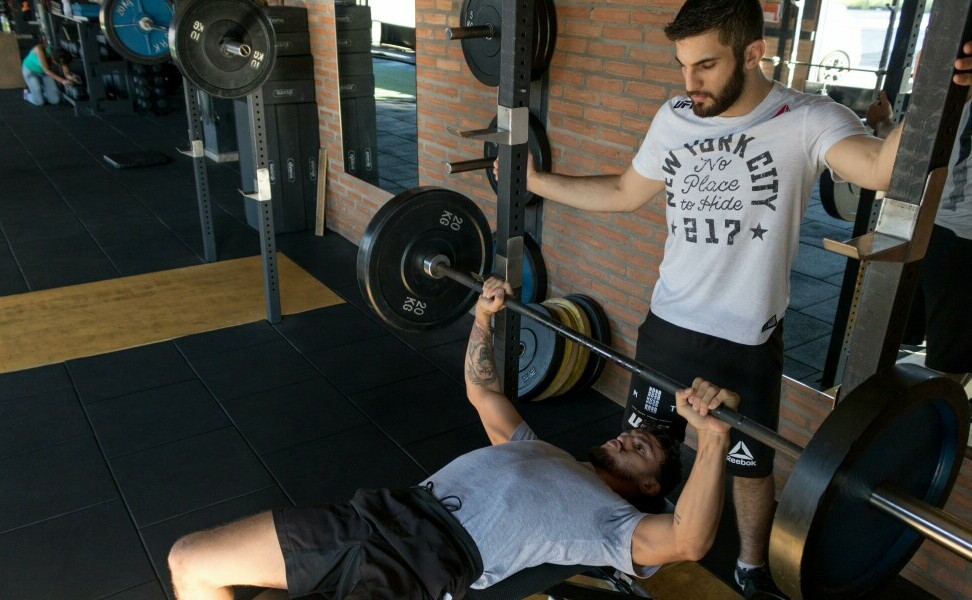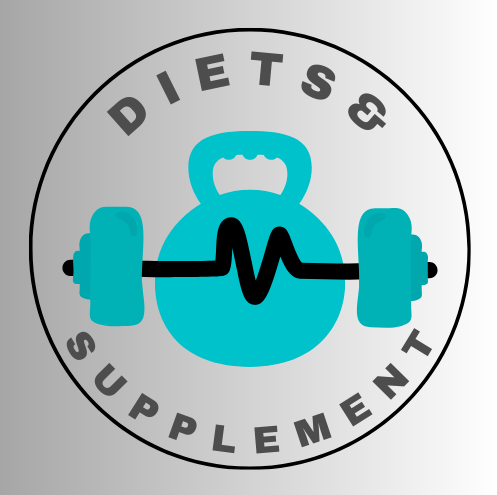 You’ve likely heard that building muscle can help you burn fat, but what’s the real story behind this claim? Understanding how our bodies change when we lift weights or optimize our workout routines is essential. Misconceptions abound with some people believing that fat can simply convert to muscle, which isn’t the case. Fat and muscle are two different types of tissue, and how we manage them can have wide-reaching effects on our overall health.
You’ve likely heard that building muscle can help you burn fat, but what’s the real story behind this claim? Understanding how our bodies change when we lift weights or optimize our workout routines is essential. Misconceptions abound with some people believing that fat can simply convert to muscle, which isn’t the case. Fat and muscle are two different types of tissue, and how we manage them can have wide-reaching effects on our overall health.
I want to set the record straight. Muscle does not directly turn into fat nor vice versa. Instead, muscle building can indirectly lead to fat loss by enhancing your metabolic rate. Muscle tissue requires more energy to maintain, meaning your body uses up more calories, even at rest, when you have a greater muscle mass. However, there’s more to this story than a simple cause-and-effect relationship. Let’s explore the nuances of how muscle gain might influence fat loss.
When discussing body composition, it’s important to understand the processes of hypertrophy and lipolysis. Hypertrophy refers to muscle growth from exercise, especially resistance training. Lipolysis, on the other hand, is the breakdown of fat stores for energy. These two processes are governed by different mechanisms in the body, so it’s not about one taking over the other—it’s about how they can work together for your benefit.
=====>Try Java burn to maximize results<=====
Approaching fat loss and muscle gain as simultaneous goals requires strategy, not just hard work. A focus on resistance training to build muscle combined with the right dietary choices can kick-start fat burning. Nevertheless, achieving a leaner physique is not just about what happens during workouts, it’s also about sustaining an environment in your body that favors muscle maintenance and fat mobilization around the clock.
The Science Behind Muscle Building and Metabolism
My focus now shifts to the intricate relationship between muscle building and your body’s metabolism. Unlike fat, muscle tissue is metabolically active; this means that it requires energy, even while you’re not moving. Having more muscle can lead to a higher resting metabolic rate. That’s a fancy way of saying your body burns more calories at rest when you have more muscle mass.
Diving into specifics, muscle tissue can burn approximately 7 to 10 calories per pound per day, while fat burns only 2 to 3 calories. While this may not seem like much, it adds up over time and could be a crucial factor in long-term weight management.
Research has painted a clear picture: building muscle indirectly boosts calorie burning by enhancing your metabolic rate. A study from the Journal of Clinical Endocrinology and Metabolism found that after intense resistance training, participants’ metabolisms were elevated for up to 38 hours post-workout. This phenomenon, often referred to as the ‘afterburn effect,’ illustrates how lifting weights can continue to burn calories long after the exercise is over.
Bearing in mind these scientific insights, it’s evident that incorporating resistance training into your routine might not just sculpt your physique; it also primes your metabolism to work in your favor. This sets the stage for understanding how these facts translate to actual fat loss, which I’ll address next.
Does Lifting Weights Lead to Fat Loss?
It’s a common question: can hoisting iron at the gym help you shed unwanted fat? The answer isn’t just a straight ‘yes’ or ‘no.’ It’s more nuanced. Strength training, which includes lifting weights, indeed plays a pivotal role in altering body composition. By stressing your muscles, you’re not only building strength but also igniting a series of biological processes that can contribute to fat loss.
I’ll draw a comparison between strength training and cardiovascular exercises. While it’s established that cardio burns calories and can lead to fat loss, strength training has a dual benefit. It builds muscle, which can boost your resting metabolic rate, meaning you’ll burn more calories even while you’re not exercising. A study published in the ‘Obesity’ journal found that individuals who combined weight lifting with a healthy diet shed more fat than those who combined cardio with the same diet.
To bring this point home, consider real-life success stories. Many fitness enthusiasts and athletes share their transformations, detailing how incorporating strength training into their routines had a significant impact on their fat loss journeys. These anecdotes serve as powerful motivators and provide a more relatable insight into the efficacy of weight lifting for fat loss.
But mere anecdotes won’t suffice; tangible steps are also crucial. Opt for a mix of compound movements like squats and deadlifts with isolation exercises to target specific muscle groups. Consistency is KEY. And remember, while weight lifting aids in fat loss, it’s only part of the puzzle.
Synergistic Lifestyle Choices to Maximize Fat Loss and Muscle Gain
Achieving a balance between muscle gain and fat loss involves more than just hitting the weights. It’s a holistic approach that considers diet, recovery, and lifestyle habits. I’ll share with you the best strategies that go hand-in-hand with your workout regimen to see  optimal results.
optimal results.
Diet plays a CRUCIAL role; after all, you can’t out-train a bad diet. It’s about more than just calories in versus calories out. It’s about fueling your body with the right nutrients to support muscle repair and growth while also creating a calorie deficit to promote fat loss. This means plenty of proteins, controlled portions of healthy fats, and complex carbohydrates.
Don’t underestimate the power of sleep and recovery. Your muscles grow when you rest, not when you lift. Adequate sleep is paramount, as it affects hormone levels that contribute to muscle gain and fat metabolism. Aim for 7-9 hours of quality sleep per night to support your fitness goals.
Stress management is another crucial factor. Chronic stress can wreak havoc on your body, affecting the hormones that help regulate fat storage and appetite. Techniques such as deep breathing, meditation, and yoga can help keep stress levels in check.
Consistency is the bedrock of transformation. You won’t see changes overnight, but if you stay consistent with your diet, exercise, and lifestyle habits, the results will come. It isn’t about perfection; it’s about making better choices more often than not.
Expert Tips on Combining Muscle-Building Exercises with Fat-Burning Goals
I’ve seen firsthand that the smart integration of strength training and targeted cardiovascular workouts is key to reshaping your physique. You can achieve much more when you combine high-intensity interval training (HIIT) with your weightlifting routine. This powerful duo works to boost your metabolism and intensify fat burning, even hours after your workout.
Proper nutrition cannot be emphasized enough in this equation. It’s about more than just cutting calories; you should focus on foods that support muscle repair and growth, like lean proteins, and those that help manage your energy levels throughout the day, such as complex carbohydrates and healthy fats.
Consistency is your greatest ally. Your body adapts and responds over time, so maintaining a regular workout schedule and adhering to a smart diet are essential.
I encourage you to consult with fitness professionals and nutritionists who can tailor a plan based on your specific needs and goals. Remember, personalization breeds success. By getting the right balance and support, you set the stage for remarkable changes in both muscle tone and body fat percentage.
Lastly, remember that progress takes time. Patience and dedication pay off. Embrace the journey of fitness with a strategic plan and let the results speak for themselves.
